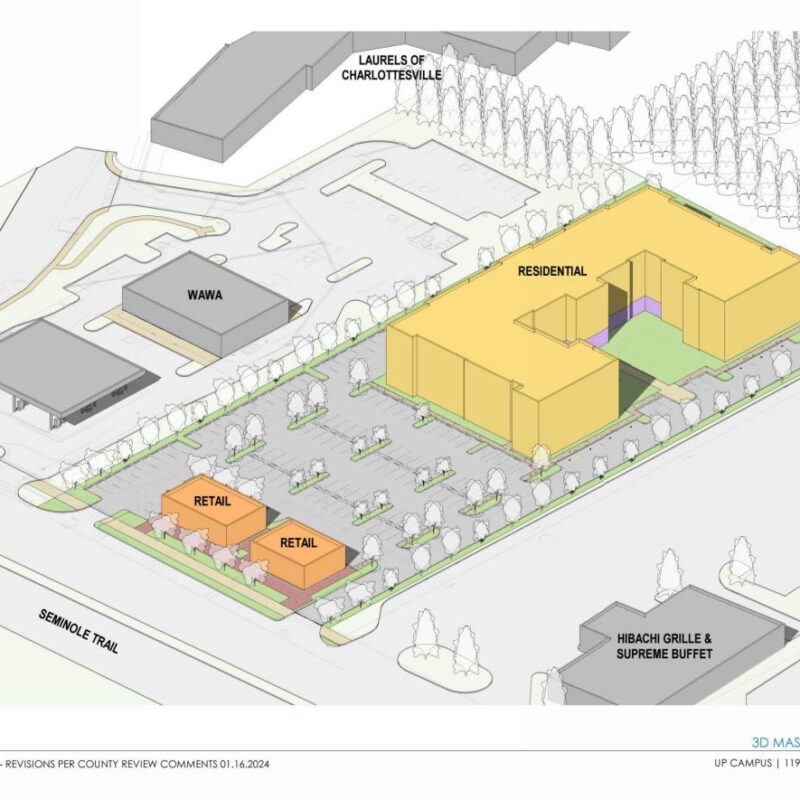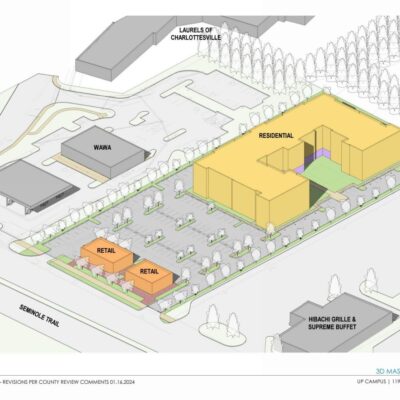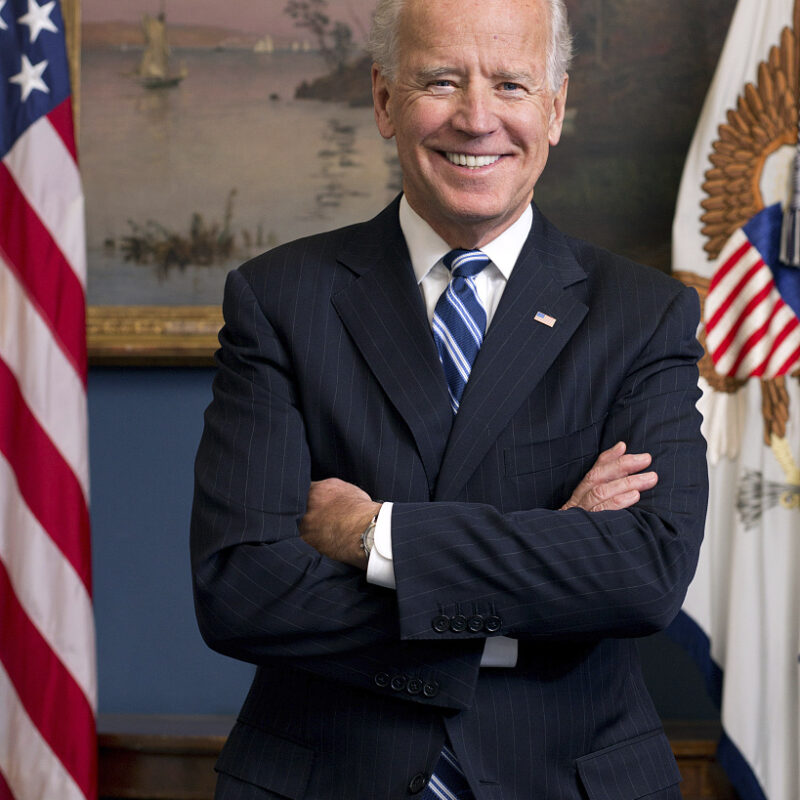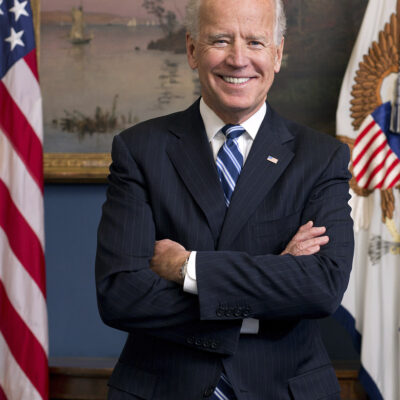Five years ago, Martha Jefferson Hospital (MJH) was one of 23 independent hospitals remaining in Virginia. Last week, that number dropped to nine: MJH announced plans to merge with Norfolk-based Sentara Healthcare, a not-for-profit health system that generated $1.7 billion in revenue in 2009 and, with the addition of MJH, oversees nine hospitals.
|
Martha Jefferson Hospital President Jim Haden says the hospital’s merger with Sentara Healthcare will not drive away funds raised locally. “That [money] remains to be spent for MJH and the community it serves.” |
“They’re eight community hospitals now,” says MJH President Jim Haden, referring to Sentara’s facilities in Norfolk and Williamsburg, among others. “We’re a community hospital. So we relate pretty darn well.”
Hospital officials told press that financial details have not been finalized, and there will be no layoffs among MJH’s 1,800 employees related to the merger. MJH will also retain a local board of directors, and Haden says all funds raised by MJH, past and future, will stay local.
The merger comes at a time of substantive change for the 107-year-old hospital, which plans to move to a new facility on Pantops in August 2011 and recently announced the sale of its Locust Avenue property to Octagon Partners for $6.7 million. And while both MJH and Sentara stand to benefit from each other—one gets a technological update, the other a potential boost in patient recommendations—a 2009 hospital consolidation study suggests patients might also see an increase in costs.
Peter Brooks, vice chair of the MJH Health Services Board, says the hospital board began to discuss joining another health system in 2008. That year, Sentara provided a few ambulances to MJH through Sentara’s Medical Transport, LLC, when a local ambulance company shut down, and Sentara acquired Martha Jefferson HomeCare months later.
Around the same time, according to a report from the National Institute for Health Care Management (NIHCM), the annual number of U.S. hospital consolidations was beginning to level out to 100 or so, while the cumulative number of consolidations—and prices for patients—crept upward. According to the report, between 1994 and 2001, hospital service prices rose by 20 percent nationally. Between 2001 and 2008, prices increased by 42 percent.
However, Sentara CEO David Bernd says the merger should help “hold costs down.”
“Our experience is that we’ve been able to bring better value to a community by reducing overhead,” says Bernd, who says group purchases of medical supplies can help organizations like Sentara find competitive prices. “We can find the best way to treat pneumonia or heart disease in one institution, and share it across eight others.”
Sentara also brings to MJH a nationally recognized Electronic Health Records (EHR) system called Sentara eCare. As part of the healthcare reform package passed earlier this year, any hospital that shows “meaningful use” of an EHR system stands to receive a reimbursement through the federal government’s Center for Medicare & Medicaid Services (CMS). Full implementation of eCare may take three to four years, but both Bernd and Haden says MJH has already begun digitizing records.
The NIHCM report stops short of predicting how hospital consolidation affects quality of care. “Studies have found that consolidation has no effect on quality, that it improves quality and that it reduces quality,” writes RAND Corporation economist William Vogt. Brooks says that MJH’s quality of care “was going to be greatly facilitated by considering some form of partnership with an organization that had resources that we might not have on our own.”
And if Sentara is a network of community hospitals, MJH may be key to preserving Sentara’s “community” feel. Each year, Virginia Health Information publishes a patient satisfaction survey from information compiled by the CMS.
“The most important question [CMS] asks is, ‘Would patients recommend the hospital to friends and family?’” says Bernd.
During the last round of CMS surveys, 65 percent of patients surveyed said they would definitely recommend Sentara Potomac Hospital—the product of a 2009 merger between Sentara and the not-for-profit Potomac Hospital. That’s 1 percent below the state average, and 3 percent below the national average.
Compare that number to Martha Jefferson, where 84 percent of surveyed patients said they would definitely recommend the local hospital. “They can help us,” says Bernd. And isn’t that what the medical profession is all about?






